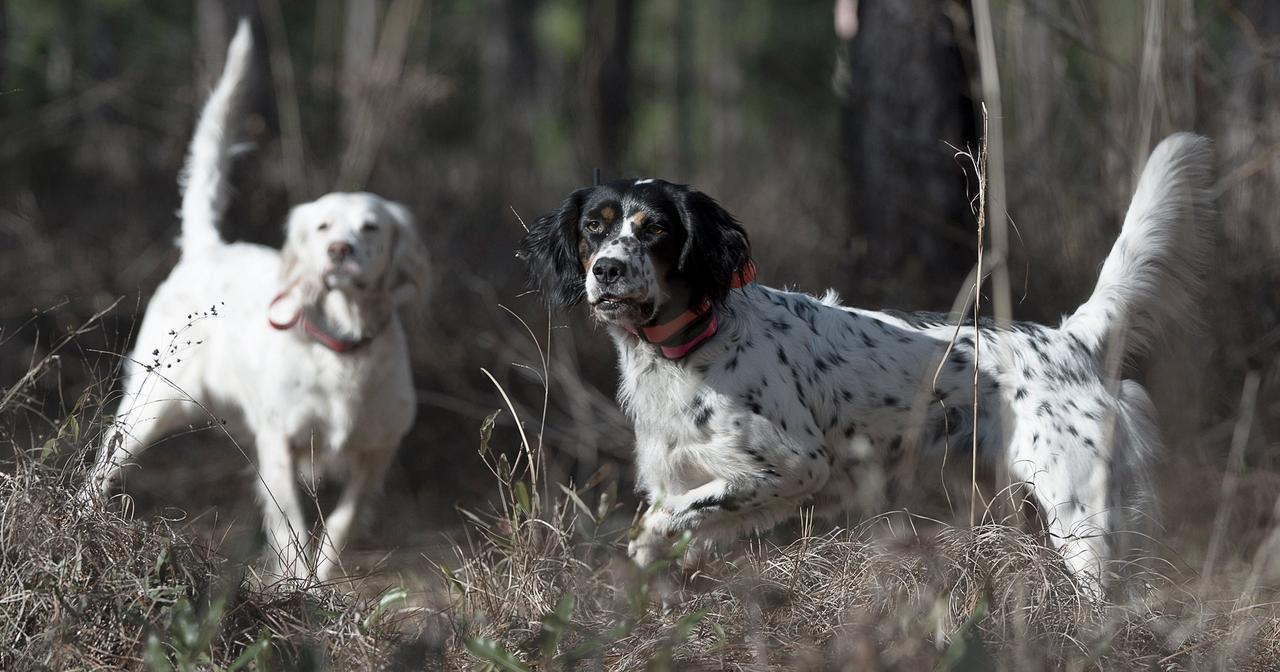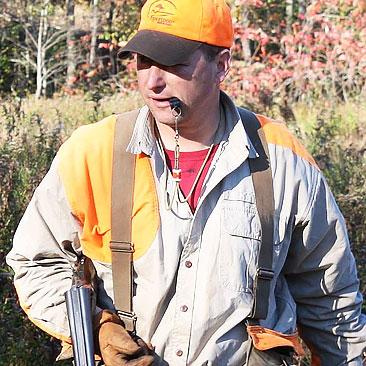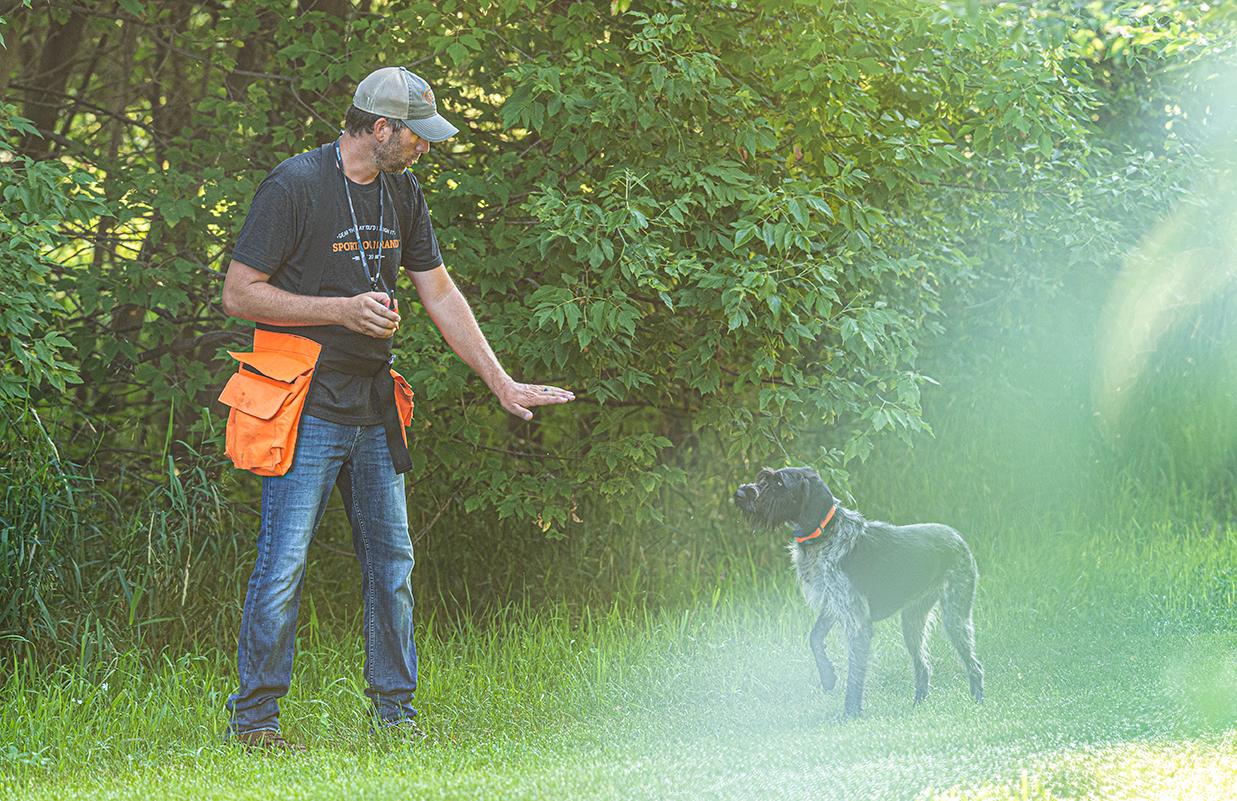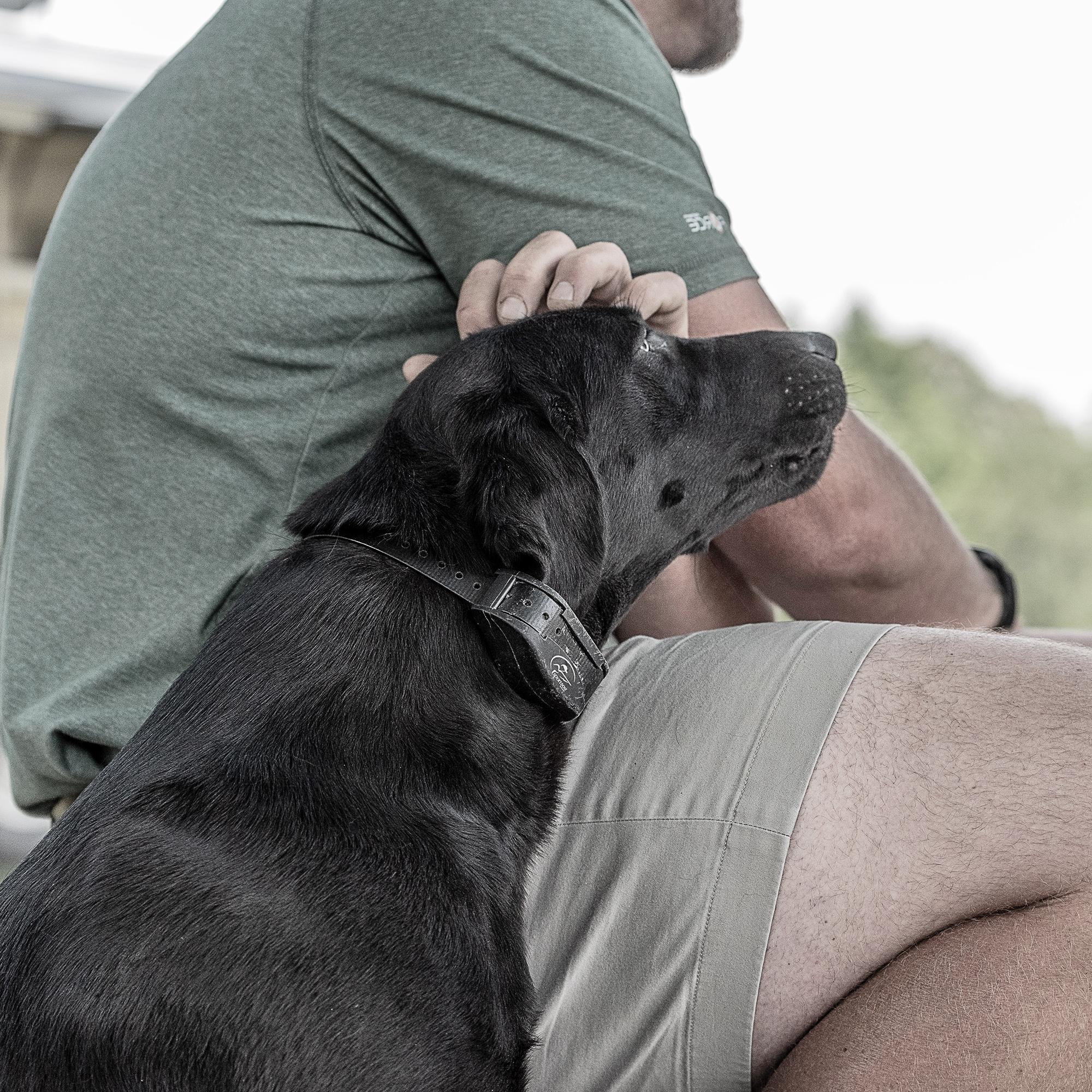
Improve Your Dog's Work by Hunting a Different Species
Posted by Tom KeerIf I were to look back on my life hunting birds, the vast majority of my days in the field were spent pursuing Ruffed grouse and woodcock. The focus of my attention has been in New England and Canada, and if I were to drill down even further, New Hampshire receives most of my time. I own covert dogs, shoot small bores with open chokes, and regularly wear out tin cloth gaiters and brush trousers. My dogs and I have the scars to prove it.
A number of years ago, cross-training became popular among university and professional athletes. I thought then and think now it's a great idea. I applied that level of thinking to my bird dogs, and it meant exposing them to different regions which had different conditions and different birds. The quality of my dogs improved, and cross-training has paid large dividends.
This past autumn I noticed that my dogs had become routine oriented. I would put them down in the grouse and woodcock woods and they went about their business. Two of my setters had a knack for remembering where they found birds. They’d high grade the covert and make a beeline to where they remembered they had found birds in the past. Most of the time they were right, but they’d bypass a lot of huntable areas in favour of cutting to the chase. I didn’t like that approach, and were I a betting man I’d wager you wouldn’t, either.
To correct that ailment I moved them into a large field of maize and millet that had some pheasants. These new areas were expansive, they were soft, and they had large, running birds. My dogs were enlivened, and they looked to me for direction. They listened better, covered the ground more effectively, and were outwitted by some birds. It was a learning curve that inspired them, and we all got along splendidly. When we returned to our home covers the next outing, they were better than ever. They worked thoroughly and with purpose, and it was a delight to witness.
Since that discovery a long time ago we’ve taken our show on the road. When our season winds down at home we’ll search out different areas with different conditions. The most popular hunts are in the Southeast for quail and also for migratory woodcock in Pennsylvania, Maryland, and North Carolina. Cross training dogs on different birds and environments is a good idea because it makes both of us better. We’re learning as we go, just the way it always should be.
Tom Keer is an award-winning writer, columnist and blogger who resides on Cape Cod, Massachusetts. He is a columnist for Covey Rise magazine, the Upland Almanac, and a Contributing Editor for both Fly Rod and Reel and Fly Fish America. He’s also a national spokesman for the Recreational Boating and Fishing Foundation’s Take Me Fishing programme, and writes regularly for over a dozen outdoor magazines. When not fishing, Keer and his family hunt upland birds with their three English setters. His first book, a Fly Fisher's Guide to the New England Coast was released in January 2011. Visit him at www.tomkeer.com or at www.thekeergroup.com.

Tom Keer
Tom Keer is an award-winning writer, columnist and blogger who regularly writes for over a dozen outdoor magazines. He owns The Keer Group, a full-service, outdoor marketing company and hunts and fishes with his wife and children. Don't hold it against him, but he's a setter chap. Visit him at...
Related Articles

Training Pointing Dogs with Birds - Part 1
by LTC Jim Morehouse
When SportDOG® asked me to write training articles on some of the aspects of training pointing dogs to handle birds, it seemed like a pretty easy task. As a full-time trainer and quail guide in Arizona, pointing dogs and birds are my passion. However, as I started to write about...

Poor Performance in Bird Dogs
by The SportDOG Staff
Your gundog has been a strong, eager hunter with lots of verve and zest, but now he has lost that zest, speed and stamina. He still eats well, is bright and alert and has normal bowel movements. Have you over-trained the dog or is it poor nutrition, heartworms or...
